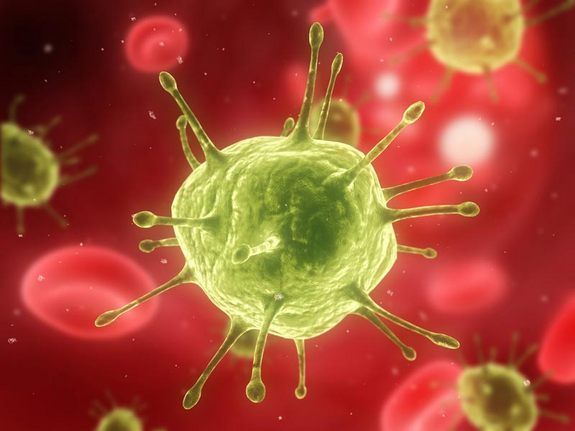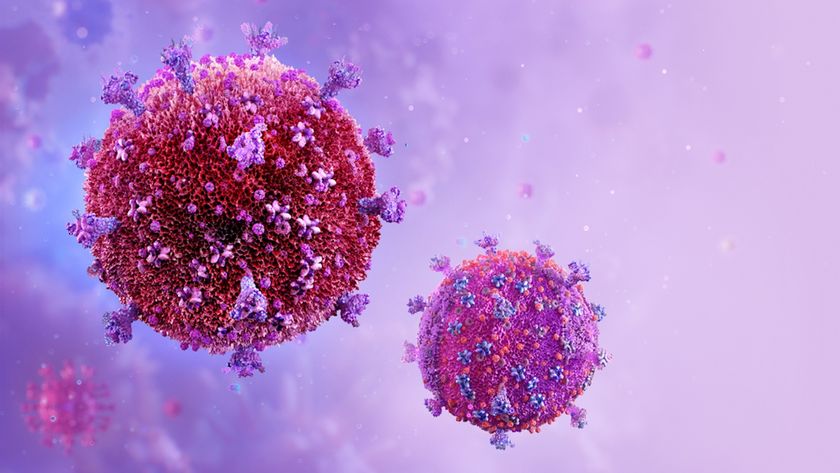Baby with HIV Is Cured, Doctors Say

In a dramatic medical breakthrough, a baby born HIV-positive in 2010 now shows no signs of HIV infection.
Though medical experts caution that this single case does not represent a cure for all cases of HIV infection, the child’s aggressive antiretroviral treatment may become a new standard of care for children born to HIV-positive mothers.
"Our next step is to find out if this is a highly unusual response to very early antiretroviral therapy or something we can actually replicate in other high-risk newborns," said Dr. Deborah Persaud, Johns Hopkins Children's Center virologist, in a news release.
The mother gave birth prematurely in a rural hospital in Mississippi, according to the New York Times. She was not aware that she was HIV-positive. Worldwide, about 330,000 babies are born HIV-positive, though proper prenatal treatment can prevent about 99 percent of mother-to-child HIV infections, according to the Centers for Disease Control and Prevention.
The child — whose name and gender have not been released — was transferred to University of Mississippi Medical Center a few hours after birth, where Dr. Hannah B. Gay started the infant on a robust antiretroviral regimen instead of the usual low-dose prophylactic medicines, according to the Times.
Investigators believe the prompt administration of antiretroviral treatment may have halted the formation of hard-to-treat viral reservoirs — dormant cells that can "reignite" an HIV infection in patients if they stop therapy.
"Prompt antiviral therapy in newborns that begins within days of exposure may help infants clear the virus and achieve long-term remission without lifelong treatment by preventing such viral hideouts from forming in the first place," Persaud said.
Sign up for the Live Science daily newsletter now
Get the world’s most fascinating discoveries delivered straight to your inbox.
The child is now 2.5 years old and has no sign of HIV-infection, even after repeated testing. This is particularly remarkable since the mother stopped bringing the child to the doctor for treatment after 18 months, and did not return for 10 months.
Only one other verifiable case of an HIV cure has been reported before, in a middle-aged man with leukemia and HIV who received a bone-marrow transplant to treat his leukemia. The bone marrow cells came from a donor with a rare genetic mutation that renders some people resistant to HIV.
Persaud presented her report at the 20th Conference on Retroviruses and Opportunistic Infections in Atlanta yesterday (March 3).
Contact Marc Lallanilla at mlallanilla@techmedianetwork.com. Follow him on Twitter @MarcLallanilla. Follow LiveScience on Twitter @livescience. We're also on Facebook& Google+.












